The 11-inch iPad Pro is the smaller of the two premium iPad Pros. Apple sells the iPad Pro as an ultraportable-professional tool meant to augment or replace a Mac.
Instead of offering a Mac with a touchscreen and changing macOS to be suitable for touch, Apple did a major overhaul of its iPad line with new hardware and software. Following the mixed success of Windows 2-in-1s like the Microsoft Surface, Apple hopes the iPad Pro will capture the laptop and tablet markets with a single device.
This was pushed further by introducing a dynamic windowing system in iPadOS 16 called Stage Manager. The new feature enables high-end iPad models to run four apps on screen at once and was improved with iPadOS 17.
M-series processors debuted in iPad Pro in 2021, which also enable full external display support as a feature of Stage Manager. Connecting to an external display will enable the iPad to show content at a full 16:9 aspect ratio.
Design
The smaller iPad Pro has gone through multiple changes since its inception. In 2017, it received a bezel-shrinking update that raised the screen size from 9.7 inches to 10.5 inches.
In 2018, Apple removed the home button to increase the screen size again to 11 inches. In 2024, Apple shrunk the case further to achieve a 5.3 mm thickness.
The uniform bezel, accompanied by speakers at each corner, gave this device an agnostic physical orientation.
The 11-inch iPad Pro also has flat sides, making it easier to grip on the edge and allowing Apple Pencil's inductive charger to sit on one side of the device. The iPad Pro's back is perfectly flat, too, housing a Smart Connector and protruding camera, as well as 90 magnets for case attachment.
The smart connector's location on the 2018 and later models requires that keyboard accessories fit as a case around the device.
Perhaps one of the most important features is the USB 4/Thunderbolt Type-C port, which allows for easy connection to many devices without needing a proprietary cable. Users can connect a USB-C hard drive, an external monitor like the LG Display, or charge an iPhone with this port. USB-C helps make the iPad Pro a Mac alternative for many people.
The 2020 iPad Pro added a dual-camera system with built-in LiDAR. The sensor is used for 3D environment mapping, allowing for improved AR. It works from up to 5 meters away and gets results instantly, making AR apps more accurate and easier to use. The fifth-generation model also includes LiDAR.
In the 2021 model, Apple made the port compatible with USB 4/Thunderbolt. Reaching up to 40Gbps, the new port gives the latest model up to four times more bandwidth for wired connections than its predecessor.
Ultra Retina XDR display
The front of the 11-inch iPad Pro is all display. It has upgraded to OLED from an LED IPS display.
OLED pixels can emit light and color, eliminating the need for a separate backlight. That means if black needs to be shown on the display, the pixel can simply turn off — eliminating annoying effects like bloom.
Since the OLED provides its own light, it can't get as bright as traditional LED displays. However, Apple countered that problem by using what is known as a tandem OLED display that stacks pixels for improved brightness.
The result is a 1,000 nits display for SDR and HDR content with a peak of 1,600 nits brightness for HDR. Even with the new display technology, the 11-inch iPad Pro and 13-inch iPad Pro still have 120Hz ProMotion, P3 color, and True Tone.
Nano Texture can be added to 1TB and 2TB configurations, but note that the textured glass doesn't extend into the bezels. The textured glass won't feel different to the touch, but it is enough to make the display more visible in bright light while maintaining color and sharpness.
M4
Apple surprised everyone by skipping M3 and announcing M4 for iPad Pro. Apple has not officially stated anything, but it appears that the M4 has a special video controller for the tandem OLED, which necessitated the jump.
The M4 processor has a CPU with four performance cores and six efficiency cores. Apple says it is up to 1.5x faster than the M2.
Apple's GPU architecture introduced in the M3 is present and improved in the M4. The up to 10-core GPU supports Dynamic Caching along with hardware-accelerated mesh shading and ray tracing.
The upgraded Media Engine supports AV1 decode for more efficient processing of specific video codecs like those used by Netflix and YouTube.
Since everything is focused on Apple Intelligence and its future, the new iPad Pros with M4 have a more powerful Neural Engine capable of 38 trillion operations per second. That is 60x faster than the A11 Bionic's Neural Engine where it was first introduced.
5G in the 11-inch iPad Pro
The cellular variants of the 2021 iPad Pro and later support 5G wireless connectivity. Rather than tethering an iPad to a user's iPhone hotspot or a public WiFi with poor security, users can opt for an iPad Pro with a dedicated cellular plan.
Pure 5G used in low-population centers with direct line-of-sight to the cellular tower can provide blistering speeds. However, people aren't likely to notice much difference from 4G.
The 2024 iPad Pro models with cellular are eSIM only and support only one type of 5G. Apple dropped support for mmWave, the faster but more volatile connection, and now only supports sub 6GHz speeds.
Tethering is still an option for iPads, but having an eSIM with the ability to purchase short-term cellular plans is an excellent tool for field work.
Center Stage
The latest iPad Pro models include a feature called Center Stage that uses a 12MP Ultra Wide front camera with a 122-degree field of view. It uses that wide field of view with machine learning capabilities to keep users centered in the shot even when moving around.
 Center Stage uses the new iPad Pro's wider front camera and M1 chip to keep everyone in the frame during video calls automatically
Center Stage uses the new iPad Pro's wider front camera and M1 chip to keep everyone in the frame during video calls automaticallyCenter Stage uses facial recognition to keep users within the frame by cropping and zooming in on the camera sensor. The wide view of the camera enables panning without losing image quality.
The feature is capable of detecting multiple faces, so if someone walks into view, it will reposition the frame so both users are visible. This works with pets as well.
Apple Pencil
Due to the smart connector's location on the current-generation iPad Pro, Apple is the only company with compatible accessories: the Smart Keyboard and Magic Keyboard. Other keyboards will connect over Bluetooth or USB-C and attach directly to the iPad Pro to form a clamshell design.
The second-generation Apple Pencil is compatible only with 2018 through 2022 models. This limit is because the first-generation Apple Pencil pairs through Apple's Lightning port, which the modern iPad Pros do not have. The second-generation Apple Pencil uses a magnetic mount on the iPad Pro for storage, wireless charging, and pairing.
The 2022 and later iPad Pro models have a new feature called Apple Pencil hover. It enables interactions with content when the Pencil is hovering up to 12mm above the display.
Apple released a new Apple Pencil with USB-C in 2023 that lacks pressure sensitivity but still has hover. It can't charge magnetically, but still attaches to the side of the iPad.
The 2024 iPad Pro models have a redesigned magnetic mounting and charging section for Apple Pencil, which means they are only compatible with Apple Pencil Pro. The USB-C Apple Pencil also works.
Acessories and Thunderbolt
The Thunderbolt Type-C port offers many other accessory options like external drives, monitors, keyboards, controllers, and hubs. Many devices use this standard, opening the door to iPad owners using accessories they already own. The USB-C port also lets users charge an iPhone via the iPad's battery.
In the fifth-generation model Apple announced in April 2021, the port now supports the Thunderbolt and USB 4 standards. It's still backward-compatible with USB 3 Type-C.
The Magic Keyboard launched in May 2020 with an all-new design derived from the Smart Keyboard Folio. The iPad sits on a magnetic mount, hovering above the keyboard and trackpad. It works with the third-generation and newer iPad Pros and the iPad Air 4. In May 2021, Apple launched a white version of the Magic Keyboard.
A USB-C port in the keyboard's base allows for pass-through charging while the iPad is connected, leaving the port accessible on the iPad itself. The keyboard's port does not support data transfer.
In 2024, Apple updated the Magic Keyboard again, but this time it is only compatible with the iPad Pro models. The new models are much thinner than previous generations, which means backward compatibility isn't possible.
The new Magic Keyboard for iPad Pro has an aluminum wrist rest with a function row. The trackpad is also much larger and features haptic feedback.
11-inch iPad Pro (2020) Review
The 2020 refresh of the iPad Pro was more about spec bumps than new features or redesigns. We think the 11-inch iPad Pro is still one of the best tablets you can buy, but maybe hold off on this one if you've already purchased the 2018 model.
Apple didn't change much about this iPad — it has a slightly improved processor, LiDAR, and a new ultra-wide camera. It also has Wi-Fi 6, 6GB of RAM, and the base storage is 128GB instead of 64GB. For most users, these changes are not significant and don't warrant an upgrade from the 2018 models.
If you're new to iPad or have one pre-redesign then these are an amazing upgrade. Apple made this hardware release all the more exciting by releasing the Magic Keyboard for iPad and iPadOS 13.4.
The Magic Keyboard for iPad Pro is an amazing accessory that transforms the iPad Pro into a small laptop, complete with a trackpad. The iPadOS 13.4 update brought full-fledged cursor support as well, making this an even more compelling upgrade.
The hardware itself doesn't stand out, however, as the A12Z is just a re-binned A12X. The improved graphics performance, addition of LiDAR processing, and 6GB of RAM are not enough for 2018 iPad Pro owners to upgrade.
That being said, the iPad Pro was already at a sort of performance ceiling for its paired software without the A12Z. App Store games, professional apps, and system functions already ran flawlessly on the older chip generation so the small processor bump may be justified.
The LiDAR scanner provides a unique experience for Augmented Reality applications. This system was a precursor to the iPhone 12 LiDAR and gave developers a chance to develop apps for the platform ahead of time.
LiDAR is a novel feature you'll likely not use on a day-to-day basis, but it does offer some practical advantages. It allows developers to create apps allowing users to place virtual objects in environments without scanning first. It allows AR applications to use walls for the first time.
While the updates are incremental they add an all-new dimension to the device. While owners of the 2018 model won't need to upgrade new customers will find this to be a worthy purchase.
The 11-inch iPad Pro with the Magic Keyboard may well be the device that replaces your aging laptop. At the very least it will augment your workflows with its portable nature and Apple Pencil support.
Pros
- Still a great-looking tablet
- Better graphics, albeit not by much
- Wi-Fi 6 support
- Both the 2018 and 2020 will support Magic Keyboard
- iPadOS 13.4 is a great update for iPads across the board
- Revamped Measure app is much better
- LiDAR is a game-changer, but only if you use AR
- Ultra-wide lens is great for those who need the camera
Cons
- Incremental update
- Smart Keyboard Folio still has problems
- LiDAR has no user-facing app and relies on developers to use
- No notable speed improvements
M2 processor
Apple is well-known for the power of the Apple Silicon ARM chipsets powering all of its mobile devices and latest Macs. They are custom 5-nanometer or 7-nanometer chipsets with an 8-core GPU.
In the 2022 updates, the 11-inch and 12.9-inch iPad Pro upgraded to Apple’s M2 processor. Very little else changed about the products, but the performance gains are notable.
The M2 has an 8-core CPU that is 15% faster than the M1. The 10-core GPU is clocked at 10% faster than the M1 GPU. The Neural Engine is also upgraded to be 40% faster.
The base model has 8GB of RAM. The more expensive models with 1TB or more storage receive 16GB of RAM.
While touted as a pro device, the 11-inch iPad Pro is also a competent gaming machine. Games are beginning to update to utilize the 120Hz refresh rate for even smoother gameplay, and the M-series processor handles this without issue. Apple Arcade offers games that take advantage of Apple's fast mobile processors.
M2 models can still be found at select retailers or refurbished. They may not be the latest and greatest, but they still get work done at a lower price point.
iPadOS 18
Apple revealed iPadOS 18 during WWDC 2024. It didn't offer much beyond what Apple introduced with iOS 18, but there were a few unique features for the tablet lineup.
Math notes and handwriting recognition stole the show for the iPad segment. Users can write equations into Notes and see the answer automatically.
Handwriting recognition makes the feature even more compelling by taking a user's learned handwriting and tweaking it to be slightly more legible. The feature also enables autocorrect to fix the spelling of a word in the writer's handwriting.
A significant portion of WWDC 2024 was focused on Apple Intelligence. Any M-series iPad will have access to the on-device artificial intelligence features.
11-inch iPad Pro Pricing
You can purchase the 11-inch iPad Pro in space gray or silver. It is configurable to have 256GB, 512GB, 1TB, or 2TB of storage. This model is priced $999, $1,199, $1,599, or $1999 respectively. Add $130 to the total if you want to add cellular to any option.
 |
 |
M1 iPad Pro 11-inch Prices
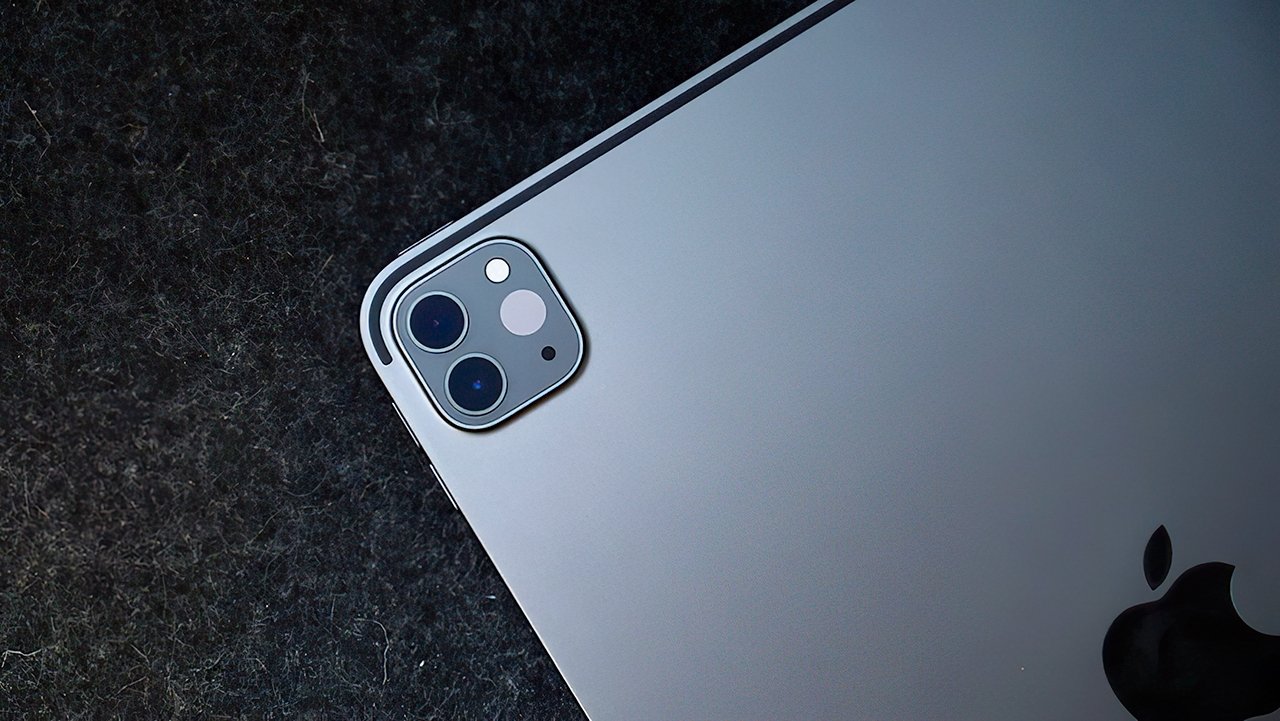
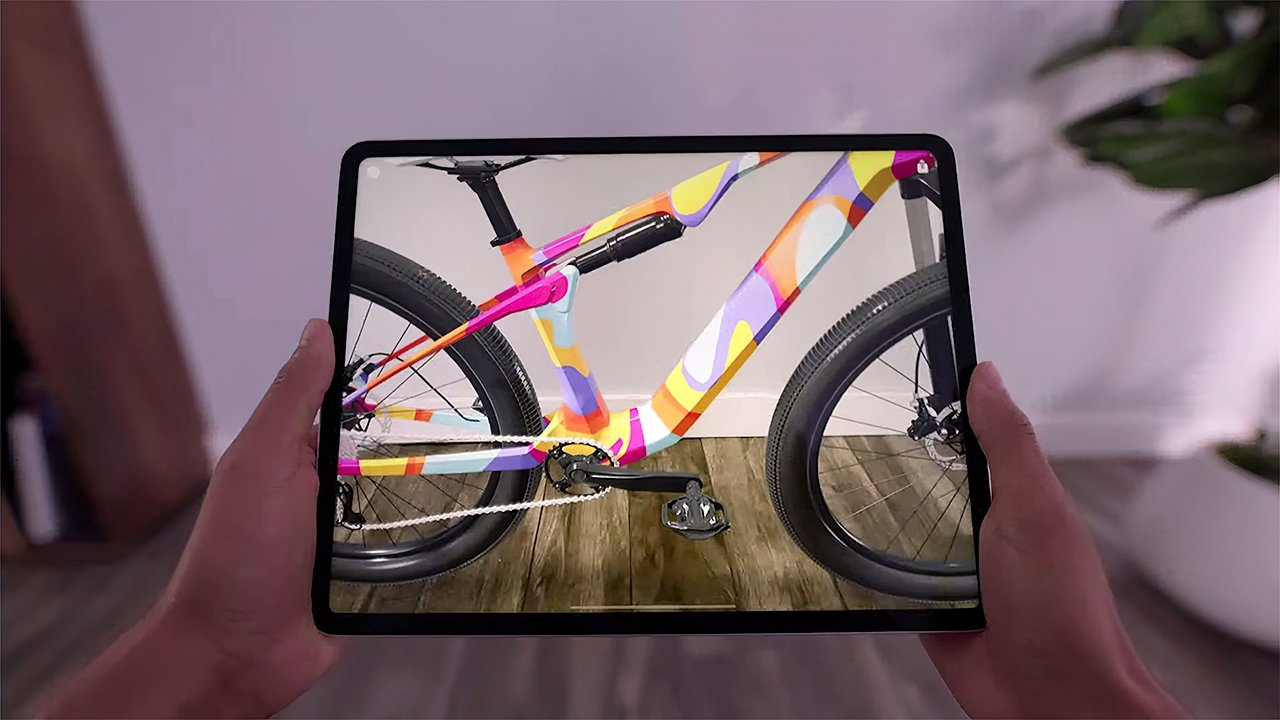


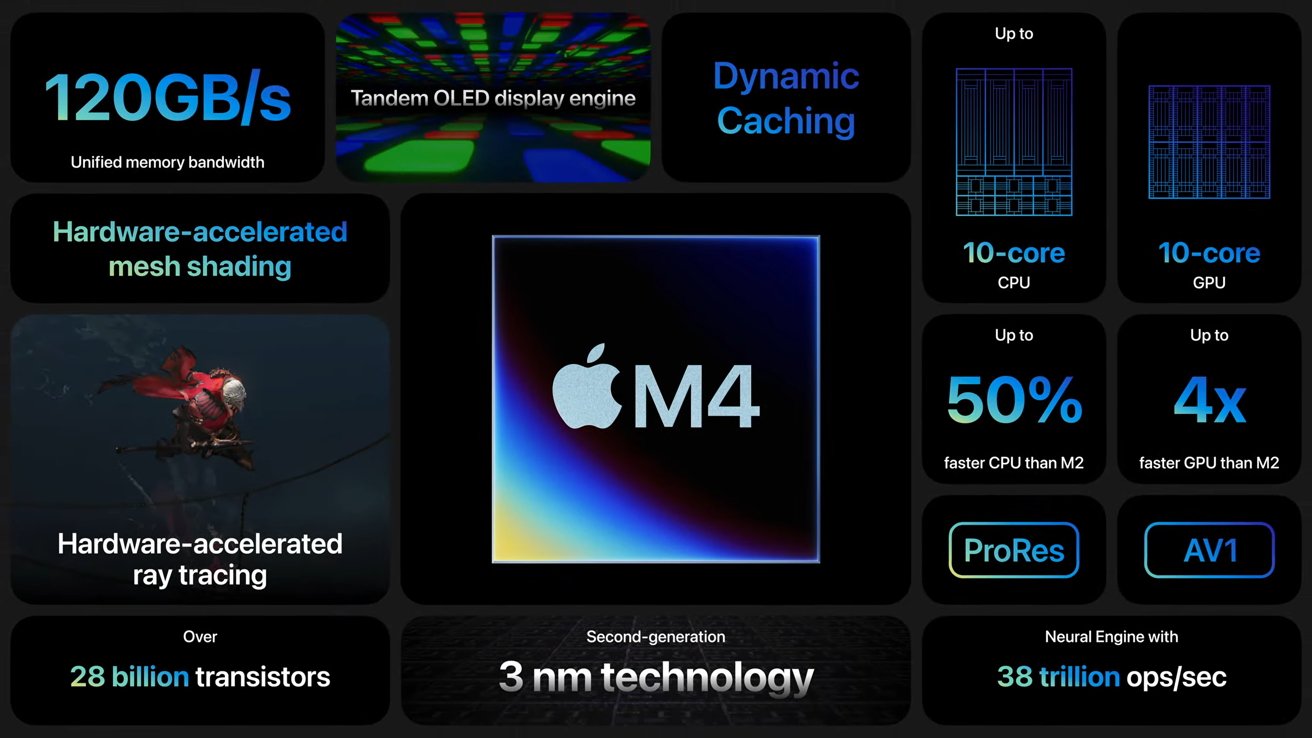
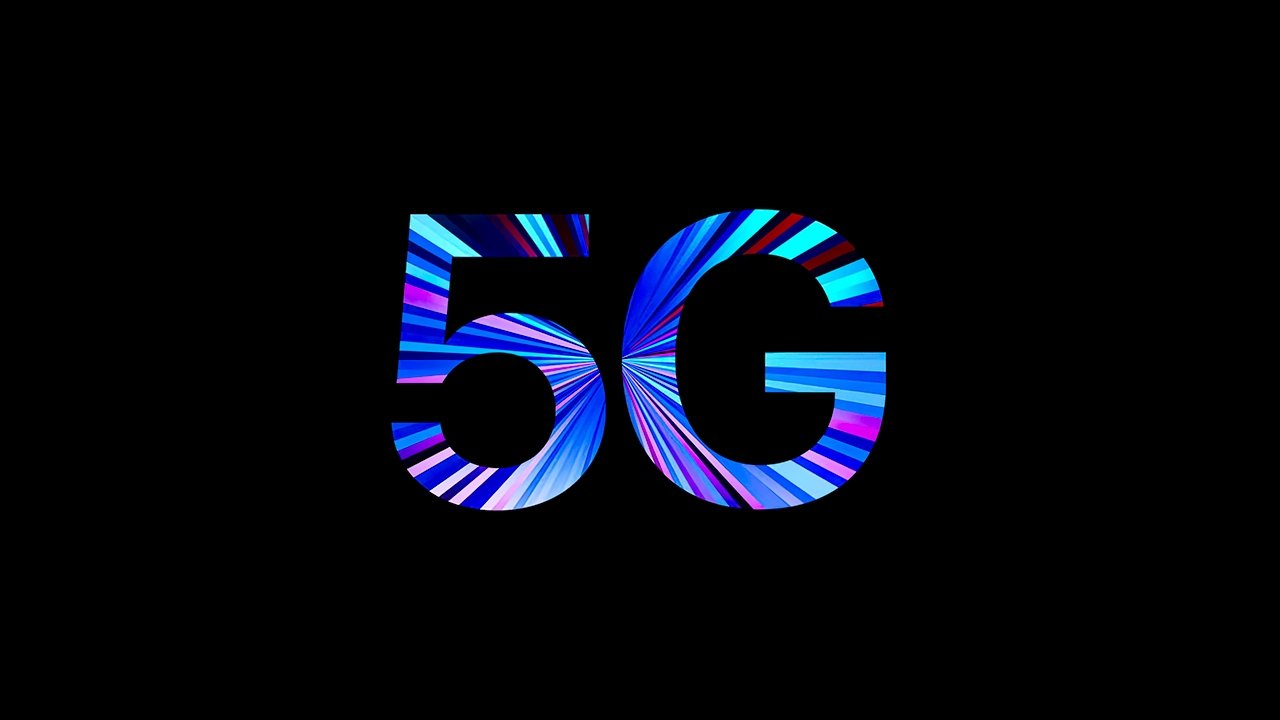
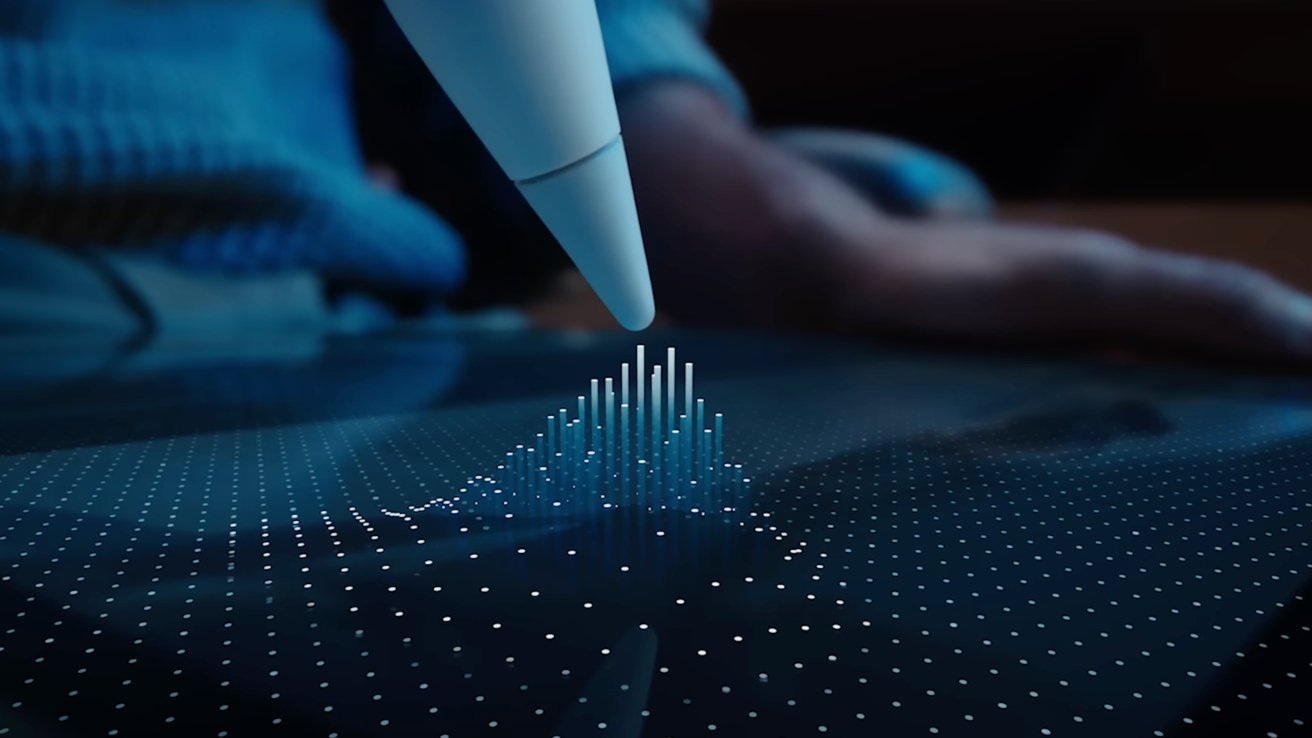

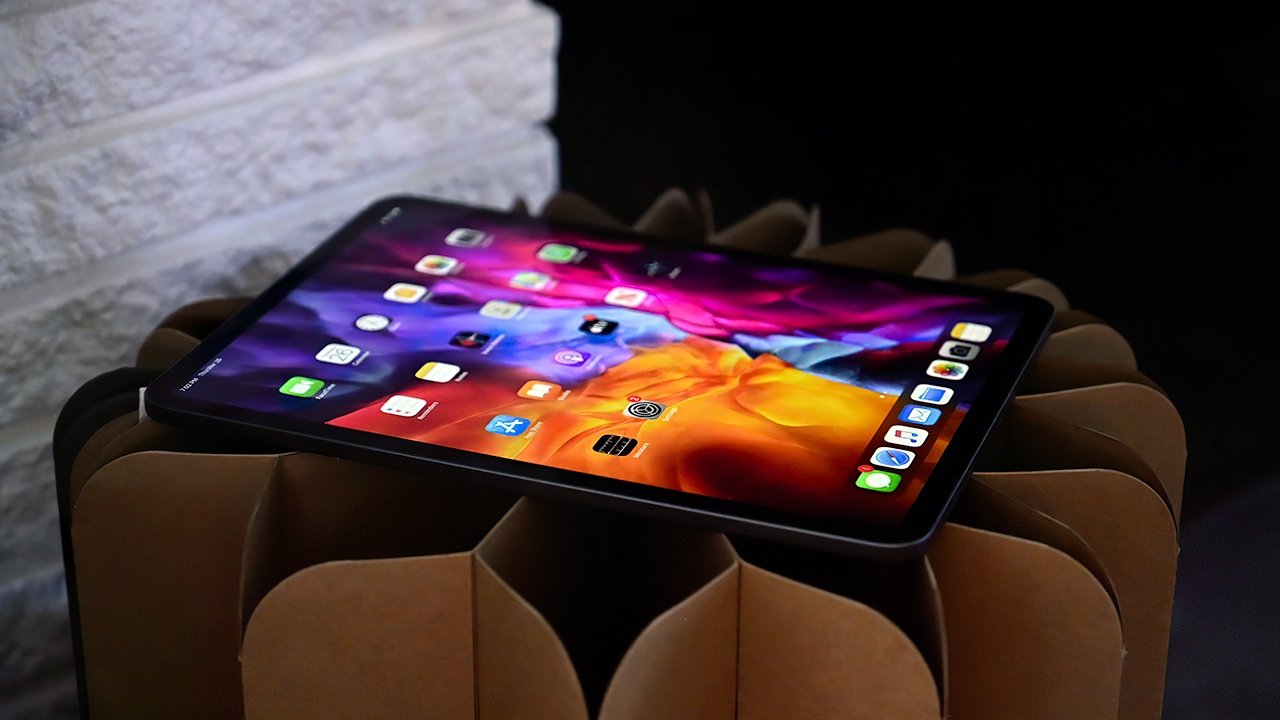
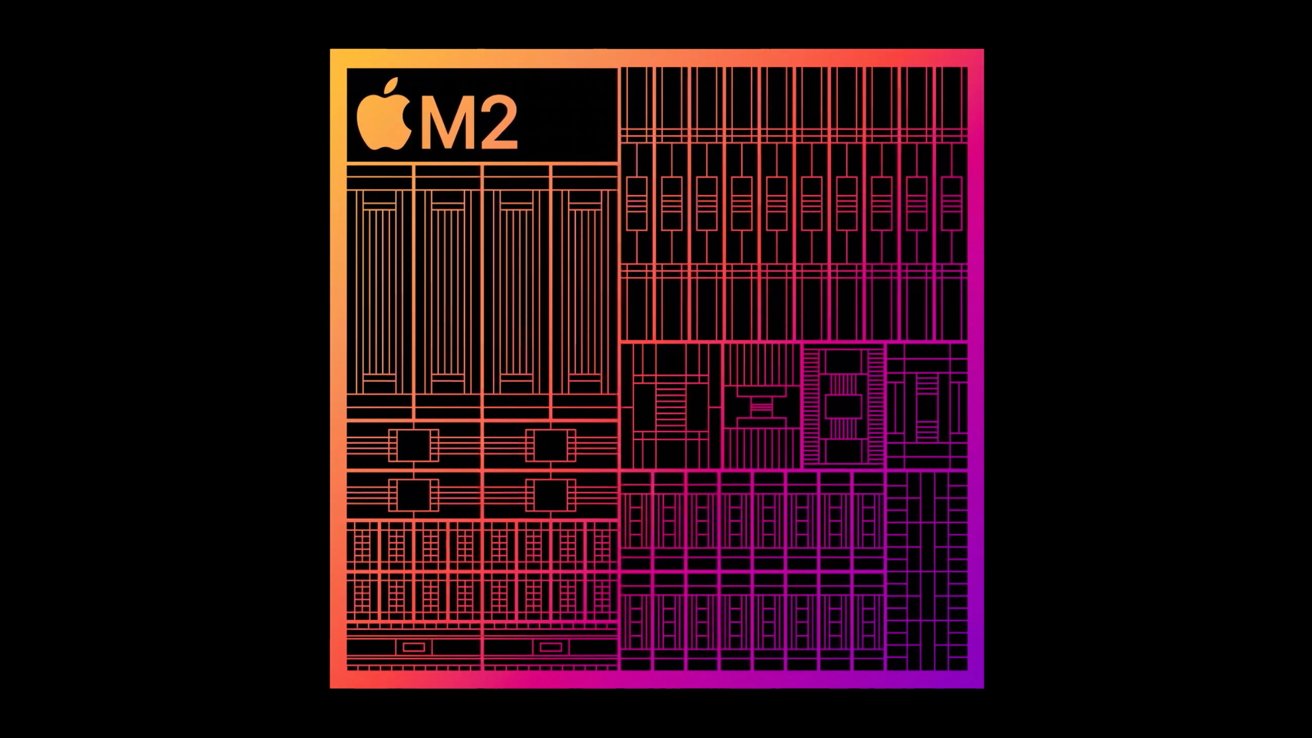






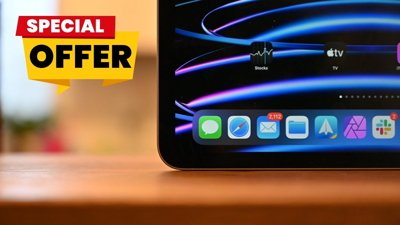
 Christine McKee
Christine McKee

 William Gallagher
William Gallagher
 Marko Zivkovic
Marko Zivkovic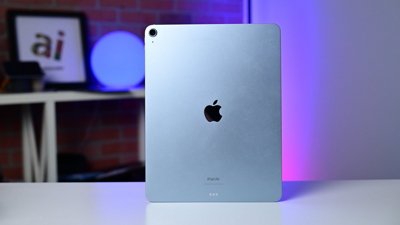
 Andrew Orr
Andrew Orr
 Mike Wuerthele
Mike Wuerthele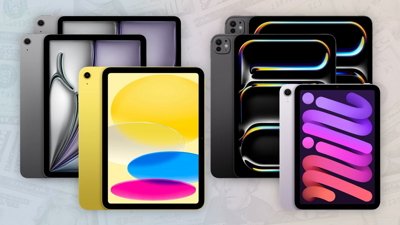
 Malcolm Owen
Malcolm Owen


